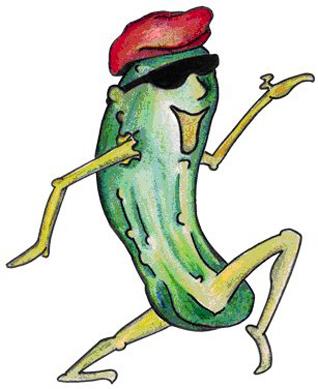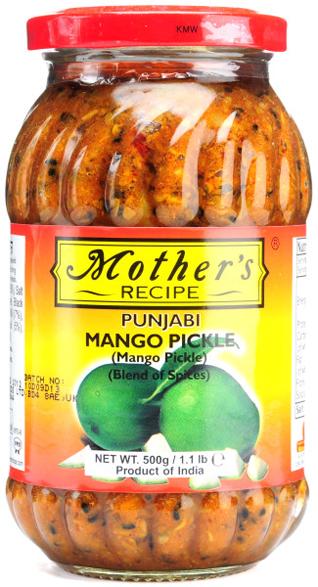History
Immigrant Identities, Preserved in Vinegar?
by JANE ZIEGELMAN
Tensions over immigration in Europe are flaring this summer, along with questions about what - whether language, dress or diet - makes a foreigner a citizen. Of course, these questions also have a long history in America.
One of the biggest battles over assimilation occurred a century ago in New York City, and the battleground was food. Politicians, public health experts and social reformers were alarmed by what they saw as immigrants’ penchant for highly seasoned cooking. They used too much garlic, onion and pepper. They ate too many cured meats and were too generous with the condiments. Strongly flavored food, these officials believed, led to nervous, unstable people. Nervous, unstable people made bad Americans.
In other words, to be a good American, you had to eat like one.
No immigrant food was more reviled than the garlicky, vinegary pickle. Pungent beyond all civilized standards, toxic to both the stomach and the psyche, the pickle was seen as morally suspect. As Dr. Susanna Way Dodds wrote in the late 19th century, “the spices in it are bad, the vinegar is a seething mass of rottenness ... and the poor little innocent cucumber ... if it had very little ‘character’ in the beginning, must now fall into the ranks of the ‘totally depraved.’ ”
Consumption of pickles was highest in Jewish neighborhoods like the Lower East Side, where Eastern European peddlers sold them from pushcarts. Their merchandise included whole pickled cabbages, string beans, green tomatoes, peppers, mushrooms, eggplant, apples, watermelon and, of course, cucumbers. All of these goods were produced within the tenements, just a few hundred yards from the carts that dispensed them.
Their cheap price tag made pickles enormously popular with the working class. Immigrant mothers gave them to babies to gnaw on, a kind of edible teething ring. Every weekday, when the neighborhood schools let out for lunch, Lower East Side children raced to the nearest pushcart or deli for a meal of penny pickles and a handful of candy.
Downtown charity workers, visiting nurses and other well-intentioned New Yorkers saw what children were eating and were appalled.
Pickles were seen - by a nation on its way to Prohibition - as a compulsion for those too young to drink alcohol. (Some nutritional books of the period classified pickles as a “stimulant,” along with coffee, tobacco and whiskey.) The social activist John Spargo, who spent time on the Lower East Side in the early 1900s, observed: “For the children of the poor there seems to be some strange fascination about pickles. One lad of 10 said that he always bought pickles with his three cents. ‘I must have pickles,’ he said.”
Attempts were made to tear the children away from their pickles. As part of a larger effort to Americanize the immigrant kitchen, culinary crusaders established cooking classes in settlement houses so homemakers could learn to make pies and chowders. They issued bilingual cookbooks that sang the praises of simple American cooking.
During the 1919-20 school year, New York City’s Board of Education assumed responsibility for feeding Manhattan’s students, and began to offer lunch. In place of their pickles and halvah, immigrant children could now enjoy a proper meal of creamed fish and applesauce.
Of course, New Yorkers didn’t give up the pickle. By the mid-1920s, immigration quotas had restricted entry to newcomers from Eastern and Southern Europe. Americans became less worried about the “alien hordes,” as they were known, and diet reform efforts subsided. Today, New Yorkers can proudly claim the pickle as a regional specialty.
If this footnote from our culinary past can be read for a moral, it might be this: Our powers of assimilation are greater than we know. We can speak Spanish, eat sushi and still be American. The proof is in the pickle.
Conversation about this article
1: I.J. Singh (New York, U.S.A.), August 04, 2011, 5:51 PM.
I love this. My only quarrel would be that in the last paragraph the word "assimilation" be replaced by "integration." Integrate we all must; assimilation is a totally different idea. In assimilation, the new immigrants get homogenized as if in a blender. Their cultural and individual contribution is lost and the host country (U.S.A. here) left the poorer indeed. In integration, we create with others a whole that is greater than the sum of the parts, which then enriches the society that we live in.




